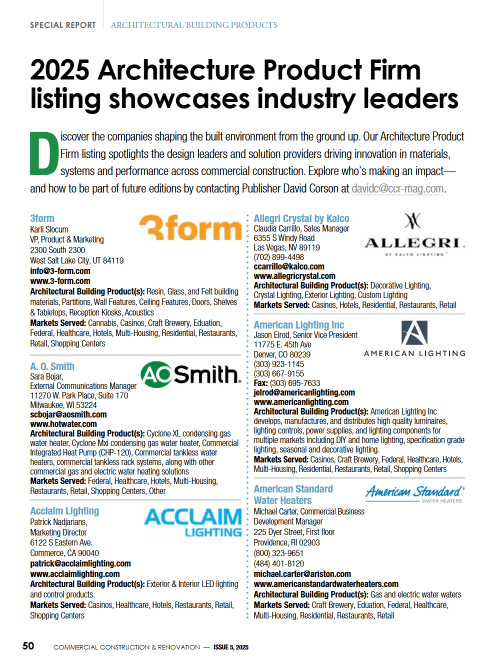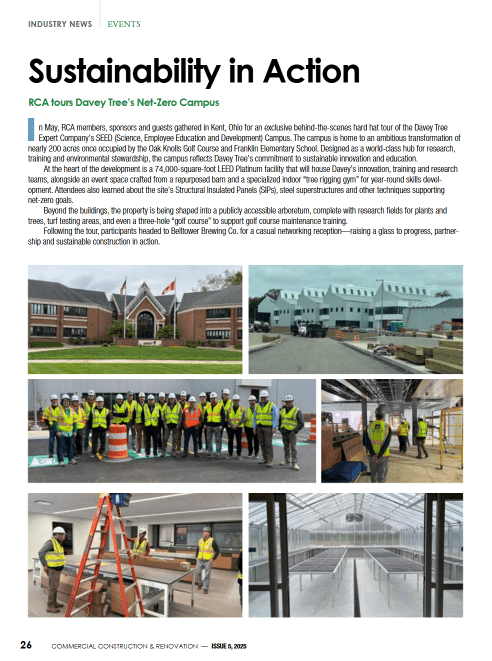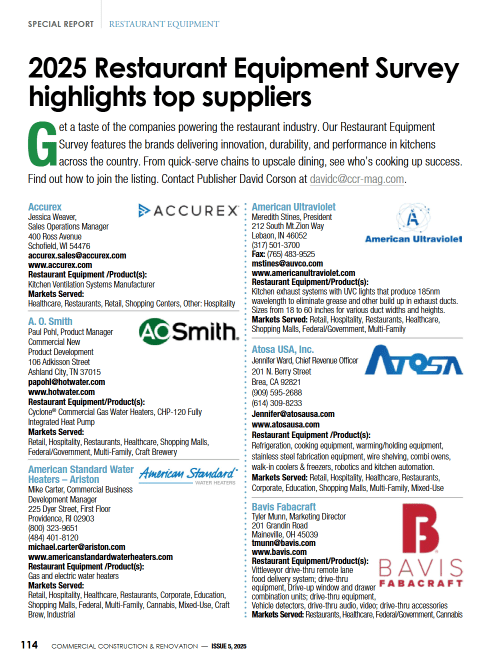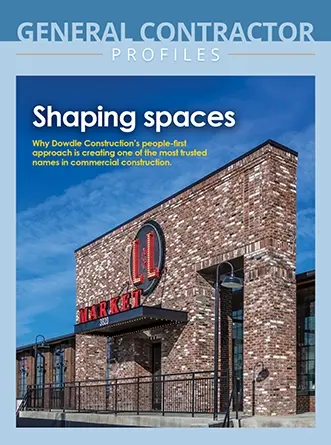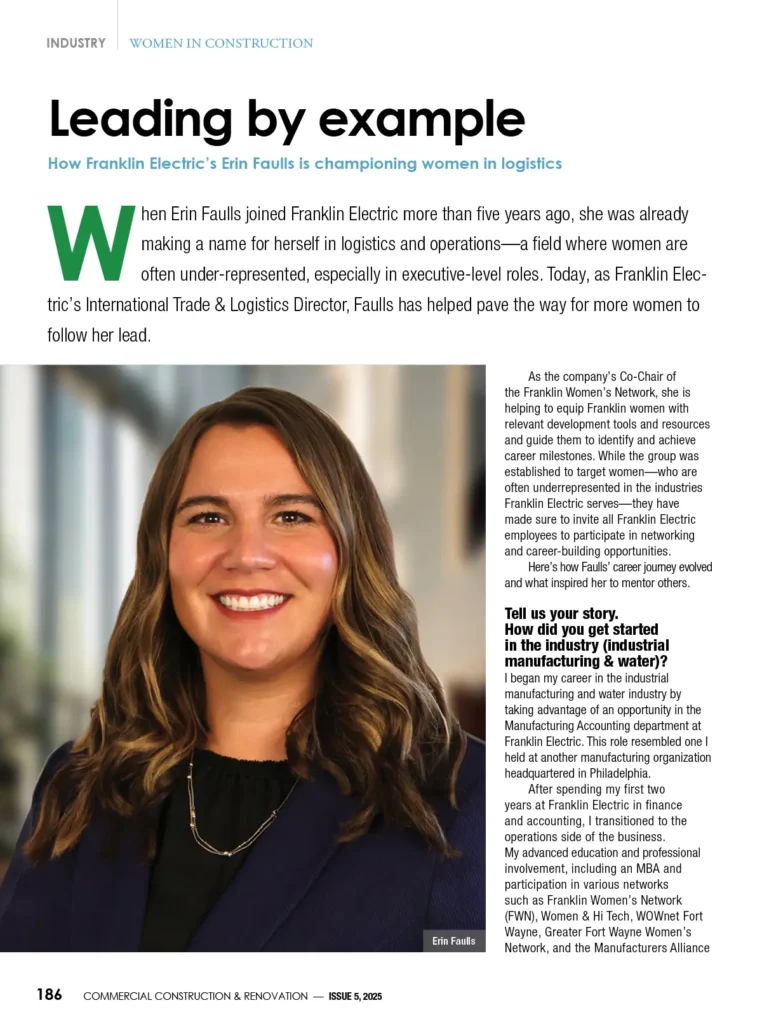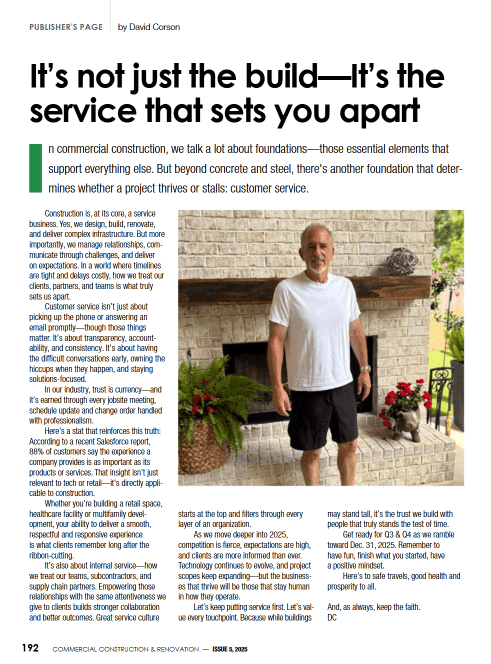
Photo Courtesy: Cleveron
As e-commerce sales have grown, it has reshaped the retail industry. In 2022, global e-commerce sales will exceed $5 trillion for the first time, accounting for more than a fifth of total retail sales, with total spending surging past $7 trillion by 2025. These numbers suggest that there has been a monumental shift toward online shopping, even in segments where adoption has been lagging, such as grocery. It is safe to assume that e-commerce is on its way toward becoming the main sales channel.
1. Defining the Problem
To start, retailers need to assess the situation from their perspective and evaluate what exactly the issue is that needs to be solved. The surge in e-commerce purchases has brought along quite a number of challenges for retailers and grocers so the first step would be to analyze the logistics chain to see exactly where the bottlenecks are.
For many companies, the e-commerce boom has exponentially grown the cost of last-mile delivery. They may face a situation where the number of daily orders is high, home deliveries are expensive, and oftentimes cause inconvenience for customers. Home deliveries require a lot of workforces, which is very difficult to hire these days, and a large fleet of vehicles, which is a rather large investment for retailers. Alternatively, retailers and grocers could outsource deliveries to a third-party service provider, which tends to be even more expensive. From the customer’s perspective, home deliveries require them to stay at home waiting for the courier to arrive, locking them into one place. A staggering 62% of customers are reported to have experienced a late or failed delivery, which results in a negative customer experience.
If retailers offer a manual click and collect service, it may cause long queues in-store and cause employees to perform repetitive tasks all day long, such as retrieving parcels from storage and handing them out to customers. Long lines reduce NPS scores* and tamper with the overall customer journey.
*The NPS Score or Net Promoter Score is a metric that shows how likely your customers are to recommend your products or services to others.
2. Do Your Homework
There are many ways in which last-mile delivery can be made more efficient. First, evaluate the options available to you. Whether it be a manual click and collect service, micro fulfillment centers, distribution centers, parcel lockers, parcel robots, or any other solution – do your research to find out what would work best to solve your challenges. Here are a few things to keep in mind to find the right solution for you:
- Labor requirements – does the solution require you to hire, reduce or pivot your staff?
- Implementation time from purchase to the go-live time – this can vary from 3 months to over a year
- Scalability – can the solution be applied to the entire store network?
- Cost – initial investment cost, energy, labor, service, and maintenance
- Building limitations – evaluate your need for either an indoor or outdoor solution
- SKU count* – what are you looking to offer through automation, i.e. what part or how much of your offering are you looking to automate to make operations more efficient
- Temperature requirements – controlled ambient, chilled, or freezer
- ROI – evaluate the efficiency of the investment. Calculating your ROI helps to develop your business case
- Sustainability – is the solution sustainable, both business-wise and environmentally
Once you’ve considered these aspects, an internal analysis needs to be completed to pinpoint your “ground zero”. For example, retailers can begin by identifying the specific store with the biggest volume of parcels or longest waiting times to start their pilot project, which they can later roll out to other locations.
* SKU stands for Stock Keeping Unit and retailers use this number to differentiate products and track inventory levels.
3. Choosing Your Automation Partner
When it comes to choosing an automation and technology partner, reliability and experience are key. The company should have multiple installations in similar applications and a customer service program to accommodate future needs. Furthermore, there are other items to consider: choosing the right partner is not just about cost savings.
Startups can offer innovative new approaches, but we recommend choosing an expert. Technology companies may come and go so look for a company with an impressive track record. Industry professionals agree that the barrier to entry into software isn’t high but manufacturing automation equipment and understanding distribution and warehouse operations is an extremely specific skill set. Having developed the first ever parcel locker network in Estonia, Cleveron, a local tech company specializing in last-mile automation, has gained valuable market knowledge, from customer service to product development, maintenance, and beyond. Look for a vendor who has years of experience when it comes to your application – even the most simplistic application benefits from a background with years of installation experience and best practices. Take a look at the vendor’s existing client base – if other leading companies in your field are named in that list, chances are the solution has long-term viability.
Look for a partner that can accommodate your growth. If your business expands, you need to have options to upgrade or scale up. Another aspect to consider is the overall value your vendor can offer. Do they provide you with only hardware and software or do they also provide business consultations, handle installations, and have 24/7 customer service or remote and on-site maintenance? Choosing your technology partner is no easy feat and requires careful consideration to ensure you have chosen a company that fits your business needs.4. The Pilot
Once you’ve defined your problem, done your research, reached out to vendors, and found your partner the next step would be to start your pilot project. To have a successful pilot project, you have to define your KPIs to measure the success of the project. What are the goals or OKRs (objectives and key results) that need to be achieved in order to validate if the solution is worth a company-wide rollout or not? Setting the scope of the project defines what exactly needs to be measured or observed and brings clarity to further decision-making. The pilot project is done to trial new solutions, so keep in mind to allocate enough resources (time, marketing budget, staff, etc.) to ensure its success.
It is also important to keep in mind the needs of the customer. If you have chosen to implement a new technology solution, it needs to be communicated to your customer base. Loop in your marketing team to introduce the new solution to your clients and encourage that first experience, which may be foreign to some people. Early adopters make up only a fraction of your entire customer base and the rest may need incentives, such as promotional gifts or discounts tied to using your new automation solution, to start using your new tech. Make sure to give enough time to test your new automation technology to see if it’s the right fit for your company in the long term and on a larger scale.
About Cleveron
Cleveron is an Estonian tech company and the world’s innovation leader in creating robotic parcel solutions to automate last mile click and collect. In addition to continuously developing hardware and software, Cleveron provides training, and support as well as remote and on-site maintenance to our clients worldwide. With the help of Cleveron’s solutions, companies reduce last-mile delivery costs, streamline parcel delivery and return operations and improve the omnichannel customer experience. Cleveron’s drive is to help people save time by creating innovative parcel robots and APMs that eliminate repetitive, manual, and time-consuming tasks from people’s lives. Cleveron’s parcel lockers and robots handle nearly 20 million parcels globally each year, from our native Estonia to Peru and Saudi Arabia.




















